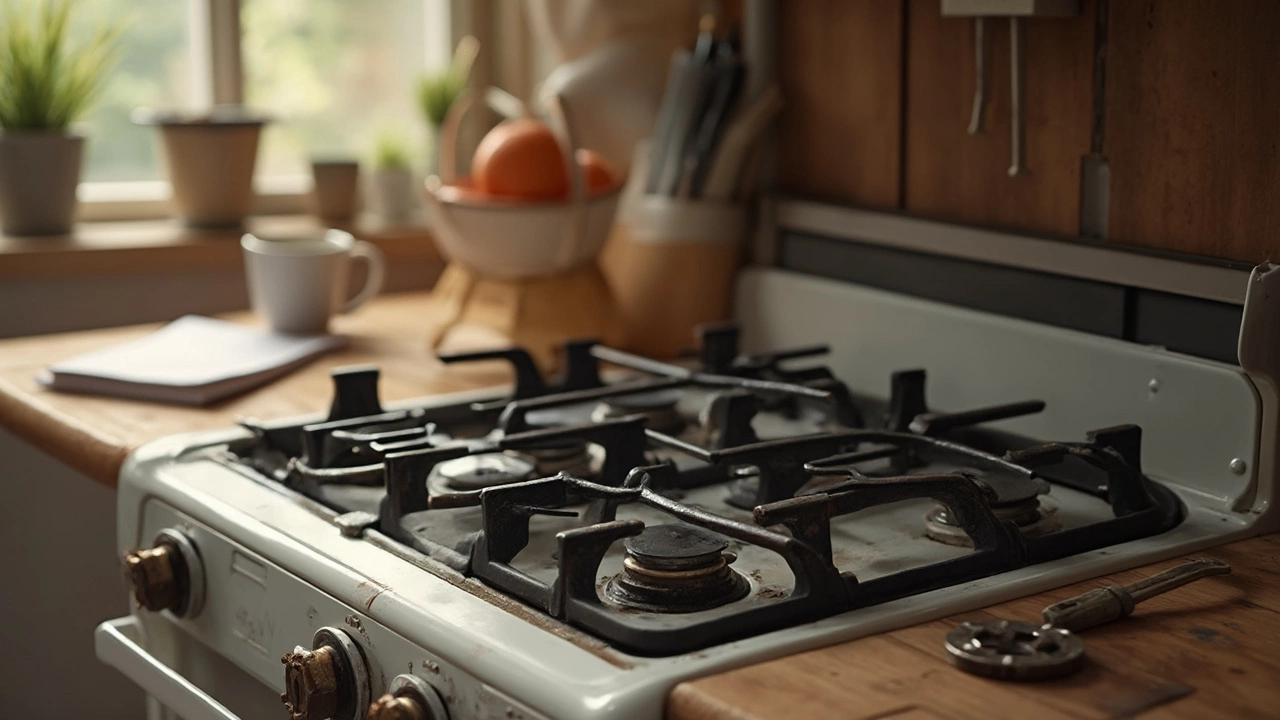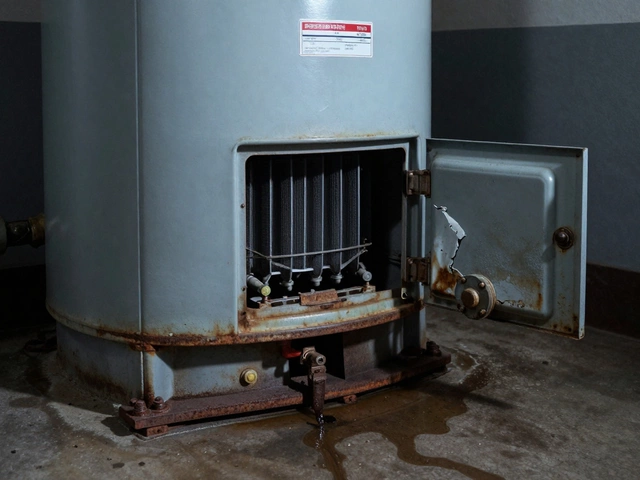Gas Stove Fix: Simple Steps to Get Your Cooktop Working Again
If your gas stove is sputtering, not lighting, or smelling gas, you don’t have to panic. Most issues are small and can be solved in under an hour with a few tools and basic safety habits. Below you’ll find the most common problems, quick fixes, and clear signs it’s time to call a professional.
Safety First – What You Need to Do Before You Start
Working with gas means you must treat every repair like a mini‑fire‑drill. Turn the stove knobs to “off" and shut the main gas valve behind the appliance. Open windows for ventilation and keep a fire‑extinguisher nearby. If you ever smell a strong gas odor that won’t go away, leave the house and call the gas supplier – don’t attempt any fixes.
Common Gas Stove Issues and How to Fix Them
1. Burner Won’t Light
First, check the igniter. A spark should be visible when you turn the knob. If it’s weak or missing, clean the igniter tip with a dry toothbrush to remove food debris. For stubborn buildup, a fine‑grade sandpaper can gently smooth the tip. After cleaning, try lighting the burner again. If the spark still fails, the igniter may be cracked and needs replacement.
2. Uneven Flame or Yellow Color
A yellow flame means incomplete combustion, usually from clogged ports. Remove the burner cap and use a pin or needle to clear each tiny hole. Soak the cap in warm, soapy water, then rinse and dry before re‑assembling. A clean burner should produce a steady blue flame with a small orange tip.
3. Hissing Sound or Gas Leak
Turn off the stove and the main gas valve. Apply a soap‑water mixture to the connections; bubbles indicate a leak. Tighten any loose nuts with a wrench, but don’t overtighten. If bubbles persist, replace the faulty hose or seal. After fixing, re‑open the gas and test the burner for a clean blue flame.
4. Ignition Delays
Sometimes the igniter spark is fine but the gas flow is slow. Check the gas regulator for clogs. Disconnect the regulator, clean the vent with a soft brush, and reinstall. If the delay continues, the regulator might be worn out and should be swapped out.
5. Burner Won’t Stay On
This is usually a control valve issue. The knob may not be fully engaging the valve stem. Remove the knob, inspect the stem for debris, and clean it with a lint‑free cloth. Re‑attach the knob and test. If the problem persists, the valve may be damaged and needs professional replacement.
While many fixes are DIY‑friendly, remember that gas‑related components can be hazardous. If you’re unsure about any step, pause and call a licensed gas appliance technician.
When to Call the Pros
Even with the right tools, some situations are best left to experts: cracked burners, persistent leaks after tightening, faulty gas regulators, or any error codes on modern stoves. A professional can perform pressure tests, replace sealed parts, and certify that the stove is safe for daily use.
Regular maintenance can keep issues at bay. Clean burners monthly, inspect hoses annually, and schedule a professional service call every two to three years. A well‑maintained stove not only cooks better but also lasts longer.
Got a stubborn gas stove problem? Try the steps above, stay safe, and don’t hesitate to reach out to Hinckley Home Appliance Repair Services for a quick, reliable fix. Our certified technicians know gas stoves inside out and can have you back to cooking in no time.
15 May 2025
·
0 Comments
Wondering how much it costs to fix a gas oven igniter? This article breaks down what you’ll pay for parts and labor, how to spot a bad igniter, and tips for saving money. We’ll talk about when you can tackle repairs yourself and when to call in a pro. Plus, you’ll find real-life examples and practical advice. Get the facts before you schedule a repair or start looking for parts.
Read more


